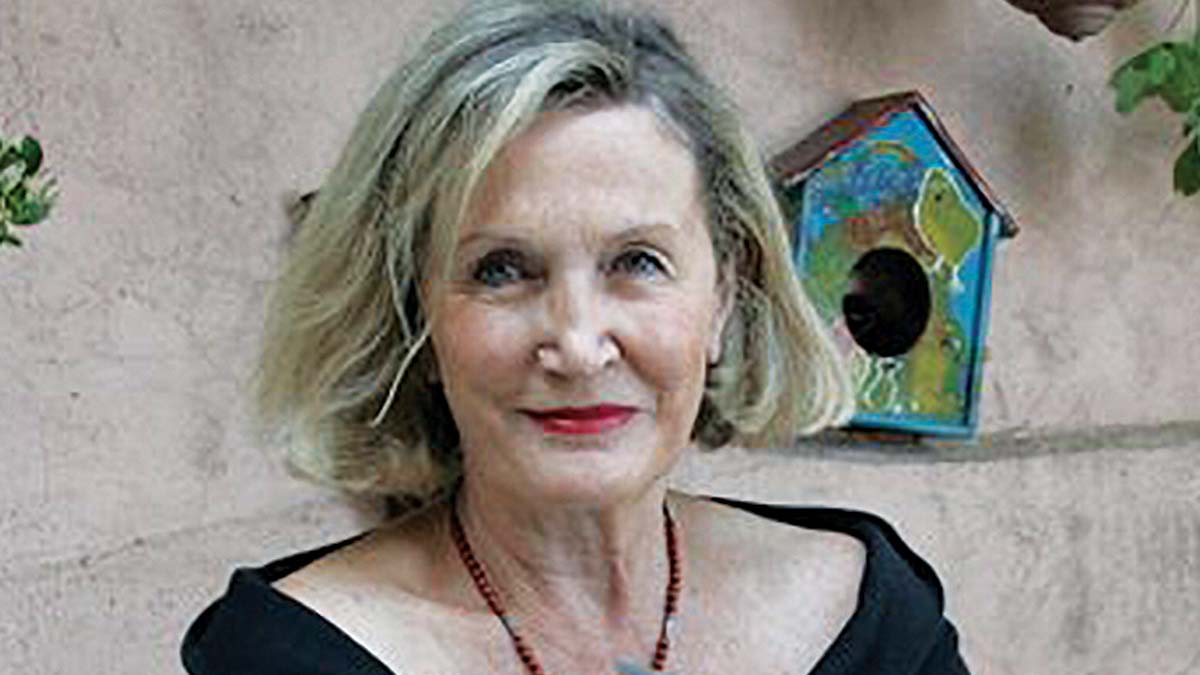AS I SEE IT
MARIANNE HERON
Two aspects of sport – not something I write about normally apart from a one-off piece about boxing for grannies – really grabbed my attention over the last couple of weeks. One is the debate around the GAA’s Go Games policy, the other is RTE’s documentary series ‘Gaelic In The Joy’.
These prompted two questions: one is whether competitive sport is good for pre-teen kids, the other is whether participation in sport makes for better people and can even be life-changing. The idea behind Go Games introduced in 2010 in camogie, hurling and Gaelic football, is that every child gets to have a go. It’s a fair deal for players with small-sided teams where everyone gets a chance to develop physical and decision-making skills.
Children don’t get put off by, as the GAA put it, “lack of fun, lack of perceived competence and an over-emphasis on competitive outcomes (which usually come from coaches and parents)”.
This approach doesn’t apply in other team sports like soccer, rugby or hockey where the emphasis is on winning and where they strongest players get more time playing, play on better teams and get more accolades like being ‘man/woman of the match’. It may boost the best but doesn’t take account of the effect on the rest who get side-lined.
One side of the argument goes that it’s good to learn lessons about the competitive nature of life early. There are also claims that children who participate in competitive sport do better academically, hardly something classmates and I agreed with back in the day, we thought sporty types tended to be dim – all brawn and no brains.
On the other hand, is the take that, given human nature, children soon learn that there’s always going to be someone who is smarter, faster or bigger than the rest but that putting the emphasis on winning too early gets in the way of enjoyment and participation. I agree but I also think that there’s a facile assumption that all children enjoy sport, a minority don’t and there should be more be more thought given to optional ways for those who are academically or creatively inclined to get exercise and keep fit rather than being dragooned onto the sports field.
There are plenty of cautionary novels about the toxic effects and sense of over-entitlement on players where there is inflated importance in competitive sport in teens and adulthood like in the US ‘Jock’ culture. The sexist attitudes of the rugby players in the 2018 Belfast rape trial come to mind here too. But Gaelic In The Joy is about the positive and potentially redemptive nature of sport.
Dublin footballer Philly McMahon and comedian Rory O’Connor came up with the idea of a programme for volunteers from the Joy’s progression unit (prisoners who have earned privileges through good behaviour). The lads, most of whom were in the can for drug-related offences were to be trained as a Gaelic football team and – this was the carrot – eventually play a match in Croke Park. It rapidly became apparent that fitness and sport were unfamiliar territory for the volunteers in an environment where tensions can be on a knife edge and it is every man for himself.
Fights threatened to break out during training but gradually as, insightful talk, fitness and raised endorphin levels had an effect, the lads began to buy into the idea of team work. Viewers heard insights from individual members about their lives and the effect training was having on them. In a match with retired Dublin players the Joy’s team performed creditably, they looked in much better shape too and when backsliding set in a performance psychologist and a no-nonsense fitness instructor helped to get them back on track.
Team playing wasn’t the only objective on McMahon and O’Conner’s track. They had aspirations that the lads might become team leaders when they returned to their own communities and the mother of a late drug addiction victim was brought in to give a horrifying account of the impact of drugs on families.
The third and final episode, aside from the much- anticipated match, revealed a group of men who were wiser, had better self-image and hoped for change in their lives. Time will tell how the story unfolds but I found myself thinking that, if handled right, similar programmes for young people at risk from drugs and crime might make a significant difference for their futures.

















